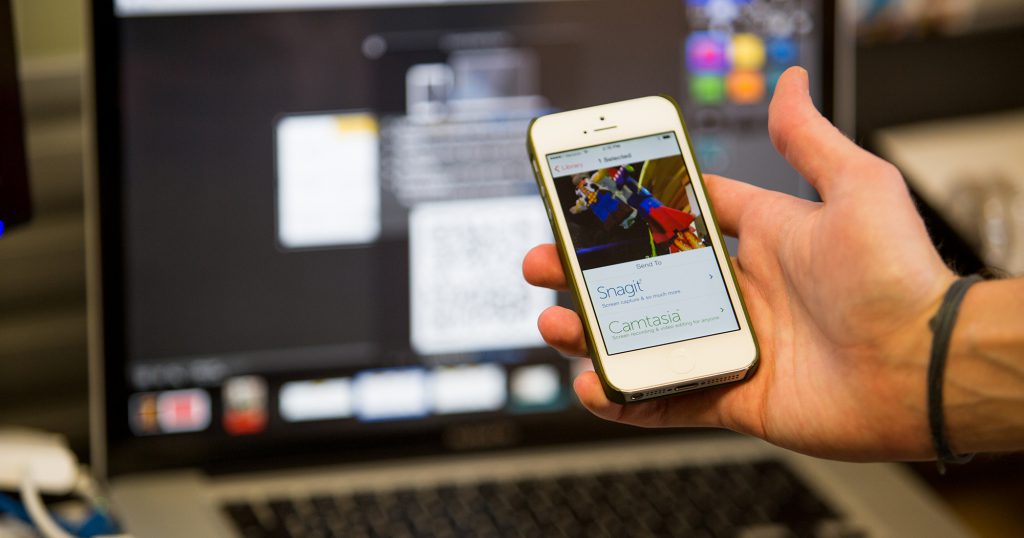Take a look around you now.
Whether it be in the office, in school, or at home, chances are that people around you are looking at more than two screens at any given moments.
This is the current world we live in today, where every other device we own has a screen. TVs, computers, laptops, tablets, mobile phones, and portable gaming consoles – we are surrounded by screens wherever we are.
A Report Just Backed This Up

Artificial intelligence company Appier, who just so happens to specialise in multi-screen software setups, just released their Asia-Pacific Cross Screen User Behaviour Report.
The report shows that multi-device usage is on the rise in Asia, with users in the region interacting with their screens in increasingly complex ways.
Their findings state that in Asia, multiple-device users who interact with 4 or more screens are rising as much as 40% between the middle of 2015 until the middle of 2016. Also, 3 in 10 (31%) multi-device users today are looking at more than 4 screens compared to 2 in 10 (22%) in the previous year.
And by the way, the above stats apply to Singapore and we rank among a host of other countries of which users of more than 4 screens are increasing at a faster rate than other nations.
As it is now, Singapore has seen a rise of 15% of users interacting with more than 4 screens.
PCs Still The Screen Of Choice

Much has been talked about how the people of this generation are moving towards smaller and smaller screens, with the ever increasing popularity of smartphones as a means for not just communications, but also media sharing and consumption.
Picture this, for every PC there is 3-4.5 active smartphones.
Even then, when it comes to actual consumption, 70% of users generate more volume on a PC as compared to smartphones. If that’s not enough, the report also shows that the PC is also being used 3 times more than smartphones to surf the web.
Though overall, over half of all cross-screen conversion paths end on smartphone, the PC is still the preferred end device.
Other Little Tidbits

Did you know that men in Asia are 24% more likely to surf the web on a PC as compared to their women counterparts? The same situation is also found when using apps, as Asian men are found to be more active with in-app usage on smartphones.
In Asia, smartphone usage usually spikes around the morning commute peak hours of 6 to 7 am, while the second spike happens over lunchtime. After 7am, the attention moves over to the PC.
Peak smartphone and PC usage intersect just before and after lunchtime at 11am and 2 to 4pm, before the evening commute crowd takes over – which sees people more actively surfing the web through their smartphones.
Finally, there’s online shopping, and no surprises here – the PC is preferred. While the PC is enjoying the lead in terms of online shoppers, the gap between it and the smartphone are closing up, with the weekends seeing a relative rise in purchases made through the mobile.
Guess What? Me Too

I don’t have to look far to find someone who matches the profile in the report.
For myself, I find myself interacting with at least five screens – my desktop computer at home, my laptop in the office, my two mobile phones, and my Playstation Vita that I use during my daily transit between home and work.
Discounting the fact that I am a self-professed tech geek, for most of my life since my days as a student, I will be shuffling between the PC at home, my personal school laptop, the computer labs in school, my mobile phone, and even my tablet, on any given day.
For me, all these started at tertiary level, but for kids now, this is probably happening as soon as they get into kindergarten.
Today, I find myself shuffling between devices whenever it is convenient.
I make online purchases through both my computer and apps on my smartphones.
I can also be replying messages on my smartphone, while looking up information on my laptop, as a movie is playing on my PC monitor.
For better or for worse, that is the kind of scenes we have grown accustomed to today.
Are the results surprising to you? Let us know!










